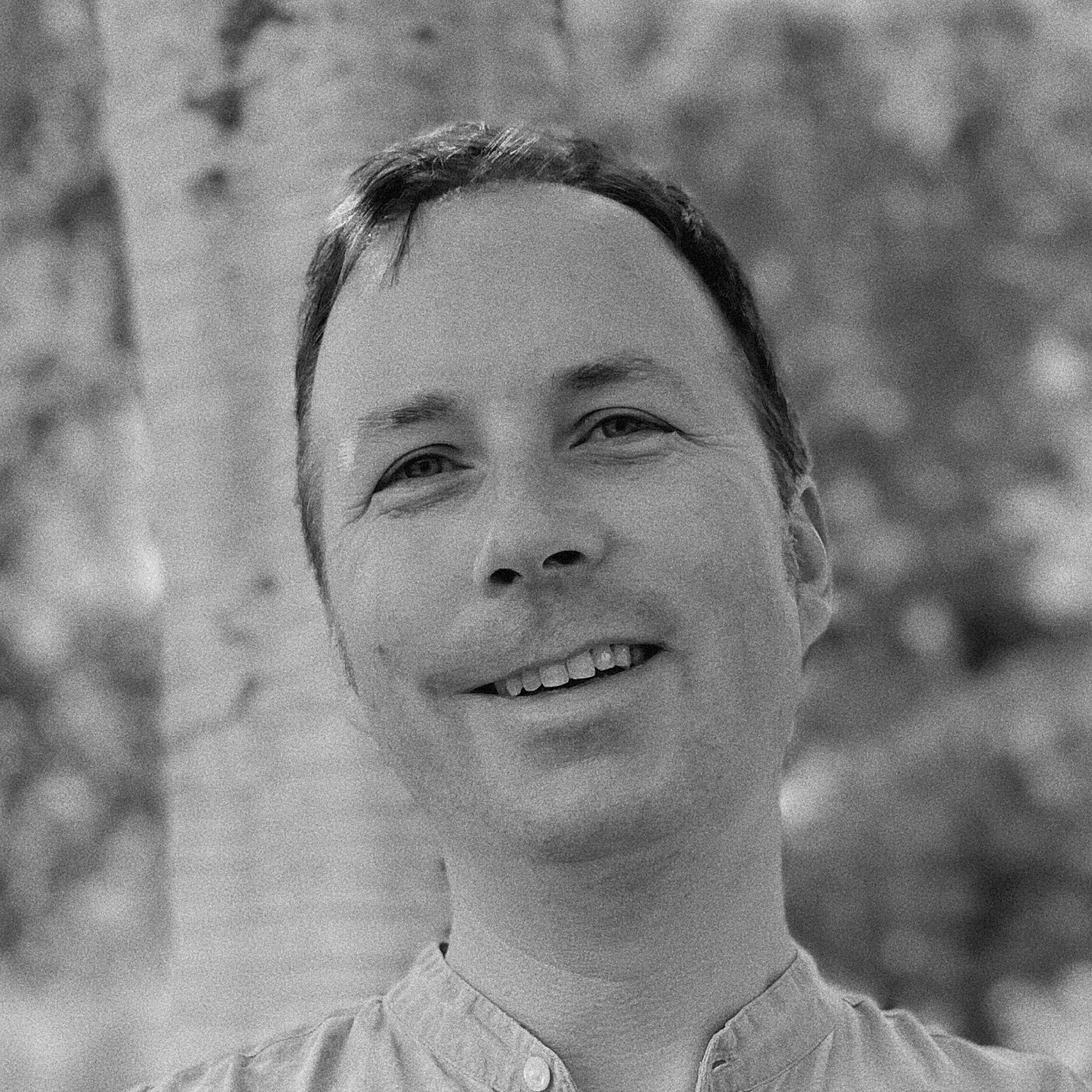I haven’t blogged since March, and since I have some data processing in the background and can do little else while I wait, I thought I’d post a little update.
I have been working for most of the week with Azook, rebuilding cornishmemory.com, the web front-end to their Re:collect digital archive of historic photographs, films and audio from across Cornwall. The updated site will launch in a few weeks with much larger images, better search, an API, and lots of great features. I have also been continuing to work on the MemoryFish project digitising historic photographs if Cornwall’s fishing industry. If that isn’t enough, I have helped Azook to tweak some of their workflows and effect some useful changes internally. I’m really enjoying being in at the deep end of digitisation and hope to continue to work with them on future projects.
When not working with Azook, I’m continuing to work with the Morrab Library. Having designed their digitisation facilities, which I believe are among the best in Cornwall, implemented their database and workflows, I’m also using the system myself to digitise some wonderful 19th century lantern slides. The Morrab Library have applied for some funding to allow us to digitise a unique collection of over a thousand glass plate negatives of archaeological subjects and Cornish cultural events such as the first Gorsedd in 1928. If it works out, these will all be made available online.
Heading back to more ‘direct’ archaeology, I have been busy here too. In the middle of July I visited Professor Charles Thomas FSA with Jacky Nowakowski FSA where we had a chance to visit the church of St Clement near Truro. We recorded the medieval cross in the churchyard using photogrammetry to further investigate the inscriptions. Interpretation is ongoing.
I have also been up to London to use the Society of Antiquaries library to research in interesting find I have made at a stone circle here in west Cornwall. More on that when I have finished the research, but it’s quite an exciting find.
As I type, I am processing both photogrammetry and Reflectance Transformation Imagine (RTI) data for a privately commissioned analysis of a stone thought to contain fine carvings. I am not convinced, but it important to assess the stone carefully. At 50mm x 40mm I have 13 million measurement points and a very nice mesh.
I have also undertaken a commission for the National Maritime Museum Cornwall (our largest and busiest museum) to 3D capture the famous medieval mermaid bench-end at the church of St Senara in Zennor. This was a tricky task because of low light levels, high specularity from the church windows on its highly polished wood surface, and many eager visitors. Despite the challenges, the results are fantastic. I provided the model in a format ready for 3D printing, which will be reproduced half size full colour out of solid resin for a forthcoming exhibition.
I’m also preparing an article for publication with Professor Michelle Brown FSA on the Gulval Evangelists to explore the significance of the find more fully.
And then there’s the Tywardreath Priory project, where we hope to launch a public archaeology project to locate and fully investigate a Benedictine priory in the village. I helped out with the open day during the Festival of Archaeology 2015, explaining 3D technologies, LiDAR, and the wider landscape archaeology.
Busy times!
